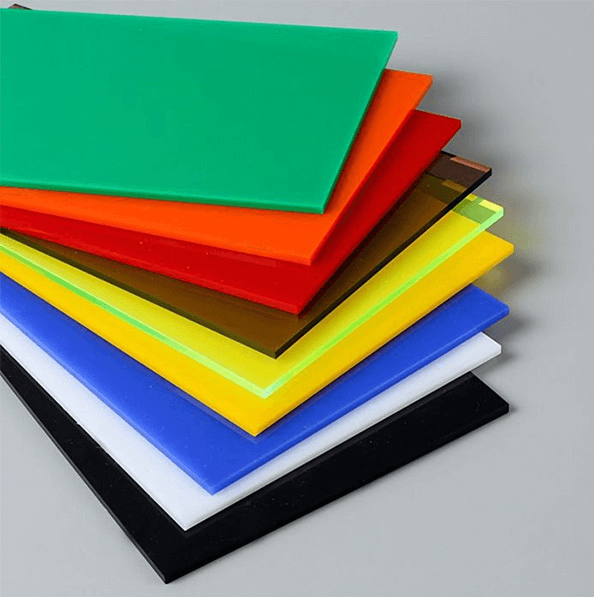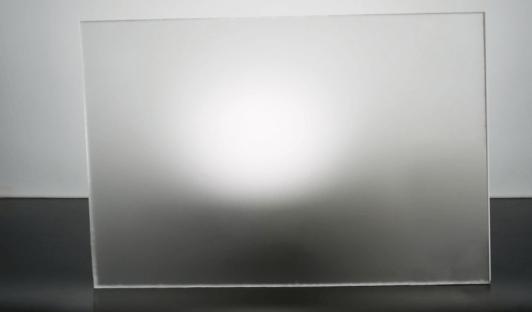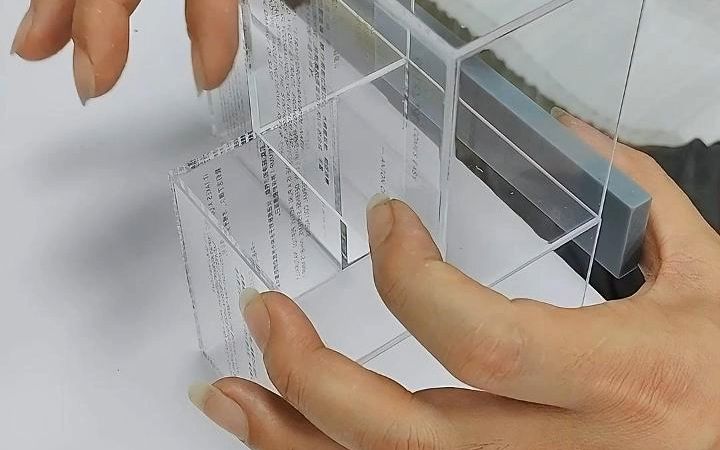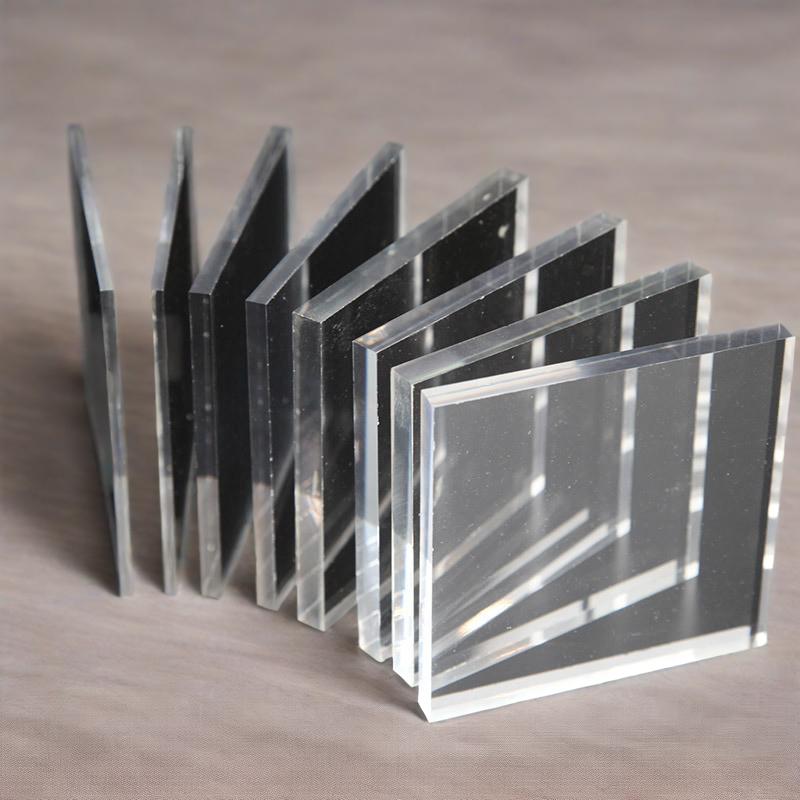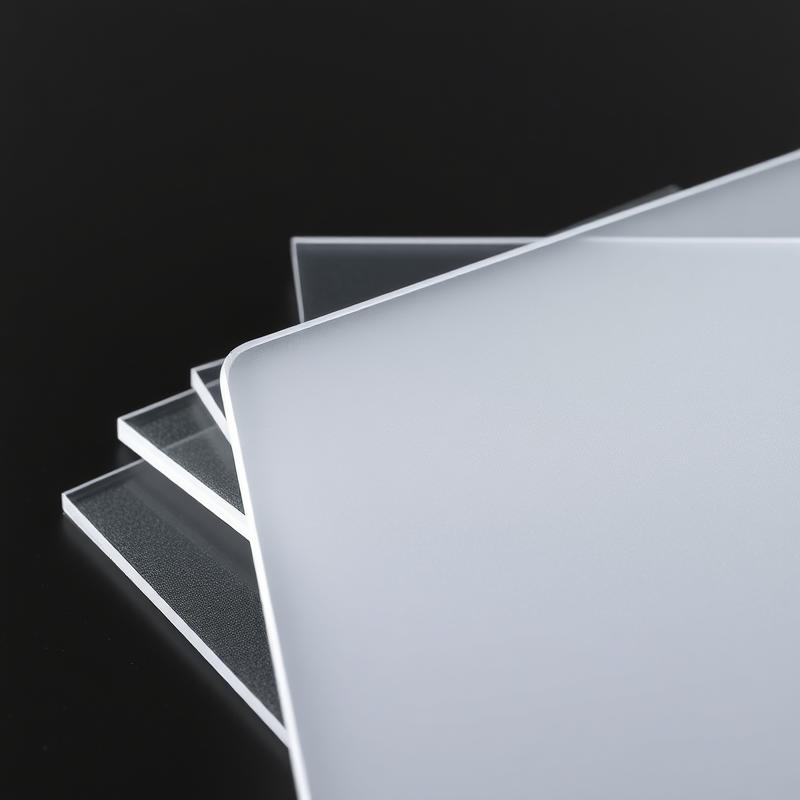-
Xinqi Development Zone, Leliu, Foshan, Guangdong
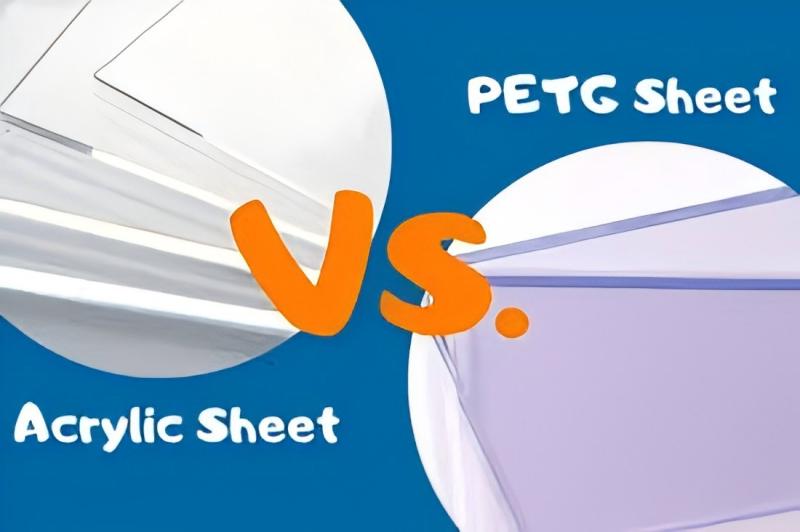
Acrylic vs PETG: 93% Light Transmittance & Military-Grade Durability
Abstract
As the two mainstream materials for outdoor signs, acrylic and PETG sheets compete with each other in terms of light transmittance, impact resistance, and weather resistance. Based on UL laboratory combustion test data, German Rhine TÜV aging report, and field research in Tokyo’s Ginza business district, this article conducts an in-depth comparison from the perspectives of the evolution of military equipment-grade materials, nighttime luminous efficiency, and full life cycle costs. Data shows that PETG maintains 92% toughness in a -40°C environment, while acrylic signs can increase passenger flow by 37% for commercial complexes.
1. Material Evolution: From Fighter Windshield to Commercial Logo
- Acrylic: In 1943, the British De Havilland Company first used 12mm acrylic for the observation window of the Mosquito bomber, and its light transmittance was 28% higher than that of traditional glass
- PETG: In 1995, Eastman Chemical developed the first biodegradable copolyester sheet, and the GAG10 model that passed the FDA food contact certification is now used in Starbucks cold drink cup holders
- Turning Point: The 2008 Beijing Olympics adopted a 32,000 square meter acrylic guide system, which gave rise to an average annual growth of 19% in the Chinese market size
2. Optical Performance Battle: The commercial value behind 93% vs 91%
- Acrylic:
- The night luminous intensity reaches 3500cd/㎡ (ISO 17357 standard), which increases the window customer acquisition rate of the LV flagship store in Ginza, Tokyo by 41%
- The light source attenuation rate is only 0.8%/year, ensuring that the Shanghai World Financial Center logo is maintenance-free for 8 years
- PETG:
- Haze value ≤1.2% (ASTM D1003), successfully applied to the guardrail of the Burj Khalifa observation deck in Dubai
- UV absorber residue <0.3ppm
3. Extreme environment endurance race: -40℃ vs 80℃ extreme test
- Low temperature battlefield: The cantilever beam impact strength of PETG at -40℃ remains 15kJ/㎡ (ISO 180), becoming the exclusive supplier of Alaska oil pipeline signs
- High temperature battlefield: The Vicat softening point of acrylic is still 110℃ (ISO 306) under 80℃ environment, ensuring the annual deformation rate of outdoor signs in Saudi shopping malls <0.03%
4. Processing economic account: laser cutting cost comparison evidence
| Index | Acrylic | PETG |
|---|---|---|
| Laser power | 120W | 80W |
| Cutting speed | 4m/min | 12m/min |
| Scrap rate | 5.2% | 1.8% |
| Energy consumption cost | $0.38/㎡ | $0.21/㎡ |
5. Safety protection PK: burning speed and self-healing black technology
- Acrylic: 3mm plate burning speed 23mm/min (UL94 HB grade), New York Times Square installation achieves fire isolation through double-layer hollow structure
- PETG: With scratch repair function, 40℃ hot air treatment for 5 minutes can eliminate scratches with a depth of ≤0.2mm
6. Commercial conversion evidence: brand store application effect tracking
- McDonald’s acrylic light box:
- Recognition at 300 meters at night increased by 60%
- Annual electricity bill savings of $420 per store (compared to neon lights)
- IKEA PETG shelves:
- Load-bearing strength reaches 58kg/㎡, and the breakage rate decreases by 73%
- Modular assembly efficiency increased by 4 times
Summary
Acrylic is still the first choice for high-end commercial signs with its 93% transmittance and military-grade durability (passed the MIL-P-25690C standard), but PETG is grabbing 35% of the market share in smart city construction with its non-whitening cold bending (ASTM D790 certified) and 180-day degradation characteristics (conforming to the OK Compost INDUSTRIAL standard). Suggestions:
- Commercial complexes should give priority to using acrylic to create landmark luminous characters
- Municipal projects and new energy charging stations use PETG to make recyclable signage systems
- Manufacturers need to pay attention to the newly launched AGX3000 model of Asahi Kasei of Japan, whose transmittance has reached 92.3%


